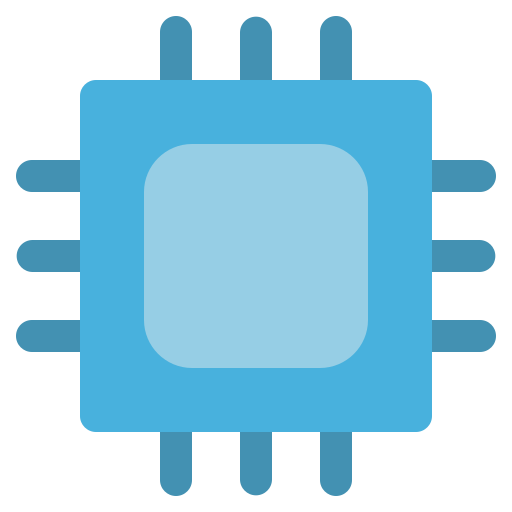It was 33rd in 2010:
In November 2010, the Air Force Research Laboratory created a powerful supercomputer, nicknamed the “Condor Cluster”, by connecting together 1,760 consoles with 168 GPUs and 84 coordinating servers in a parallel array capable of 500 trillion floating-point operations per second (500 TFLOPS). As built, the Condor Cluster was the 33rd largest supercomputer in the world and was used to analyze high definition satellite imagery at a cost of only one tenth that of a traditional supercomputer.
https://en.wikipedia.org/wiki/PlayStation_3_cluster

https://phys.org/news/2010-12-air-playstation-3s-supercomputer.html























It’s documented in the wiki, they are called VCS packages, and it’s not the usual, they work a bit differently: https://wiki.archlinux.org/title/VCS_package_guidelines
You can see in this instance, that it skips the sha checking for upstream source, in line 15 of the PKGBUILD it says ‘SKIP’: https://aur.archlinux.org/cgit/aur.git/tree/PKGBUILD?h=hyprspace-git#n15
sha1sums parameter is documented in the wiki: https://wiki.archlinux.org/title/PKGBUILD#sha1sums
In the PKGBUILD file you can list sources (line 12,13) and their respective checksums (line 14,15). In this PKGBUILD there are 2 sources: the first is the systemd unit file, it’s coming from the package’s AUR repo, not from upstream, you can see its checksum. The second source is the actual source, and you can see, it’s checksum is ‘SKIP’ so it shouldn’t be checked.
With these kind of packages you can’t get notified if there is an update available, but if you install it again with your favorite AUR helper it would update itself for the latest version. It calculates version number from the latest commit hash, before building and installing, so if that is the same it won’t update again.